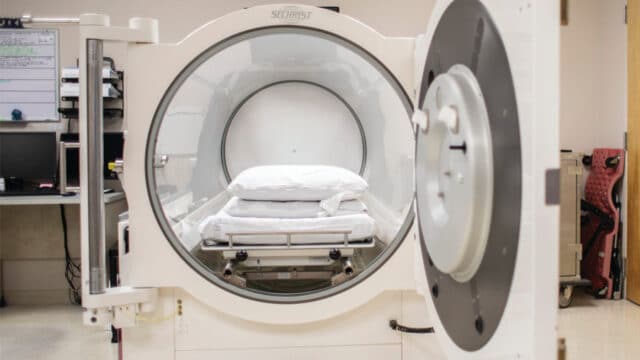Patient Outcomes Improve When Patient Engagement Increases
Written by Healogics Chief Medical Officer, Dr. William Ennis.

As part of our ongoing research to improve healing rates, Healogics research reveals the significant impact of patient engagement across all stages of healing. The four factors that have been identified as having the greatest impact on whether a patient heals according to expected timelines are: Frequent/Regular Patient Visits, Preventing Stalled Wounds, Increasing Patient Engagement and Utilizing Advanced Modalities.
We recently released our third white paper in this series entitled, “Engagement, an Old Concept, Has a Big Impact on Unwarranted Variability and Healing.” To better understand the impact of patient engagement on patient outcomes, we examined the impact of visit cancellation on treatment completion and wound healing using our own real-world data.
Our findings showed that cancellations, or skipped appointments, can disrupt a patient’s healing progress and reduce the patient’s engagement in their treatment. This loss of engagement can lead the patient to quit treatment altogether. Our data showed 43% of patients who quit treatment do so by choice, and those who eventually quit treatment have an average cancellation rate almost three times higher than those who complete treatment (17% vs 6%, respectively).
It is essential that both the medical provider and patient understand the importance of patient engagement and the impact it has on healing rates. If you are a wound care provider or someone living with a non-healing wound, the frequency of visits and longer-term treatment that wound care requires are particularly dependent on patient engagement.
Read more about our Wound Science Initiative research here. And, remember that empathy, compassion, respect and trust are important elements in forging relationships between providers and patients. Take care and be well.
Bill Ennis, CMO Healogics
To learn more about how Healogics research is improving patient outcomes, read additional articles in this four-part series:
- Patient visit frequency is discussed in the blog post, Patient Outcomes Improve When Scheduled Appointments Are Kept, and white paper, “Reducing Unwarranted Clinical Variability through Patient Visit Frequency.”
- How stalled wound affect healing is discussed in the blog post, Prevent Stalled Wounds to Improve Patient Outcomes, and the white paper, “The Impact of Stalled Wounds on Patient Outcomes.”



